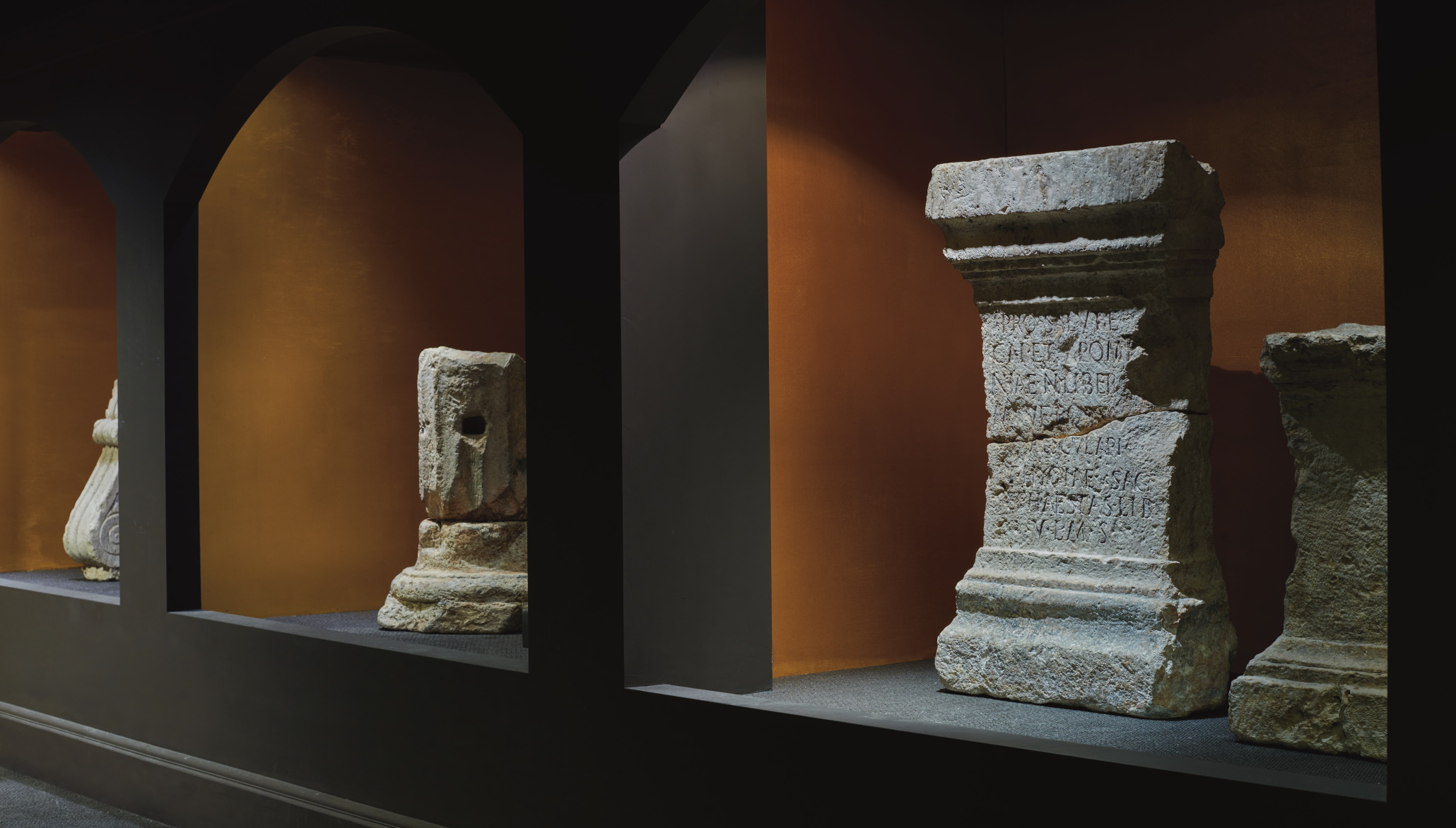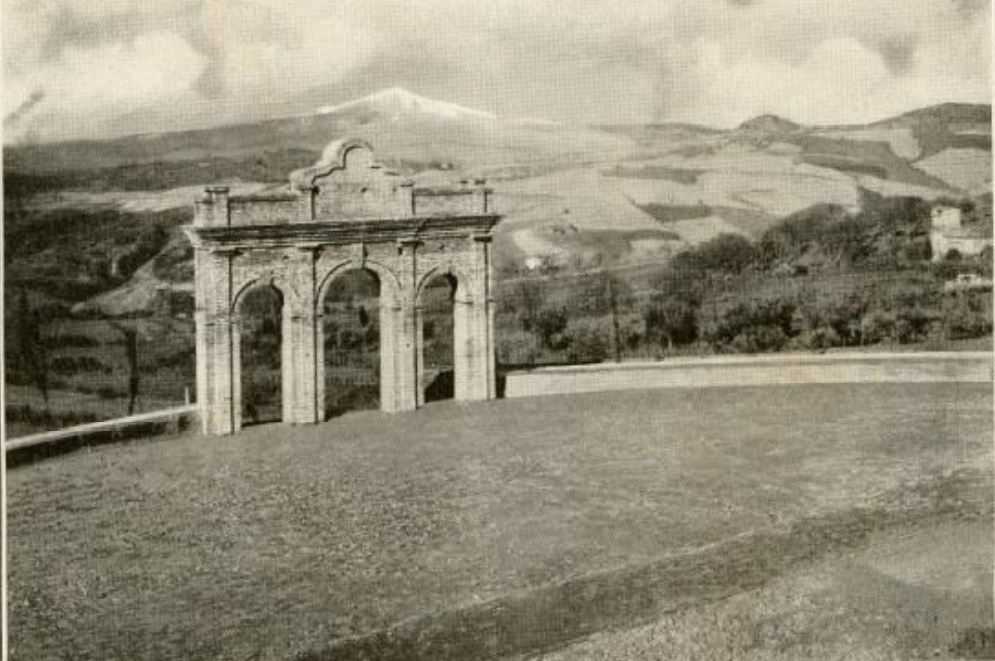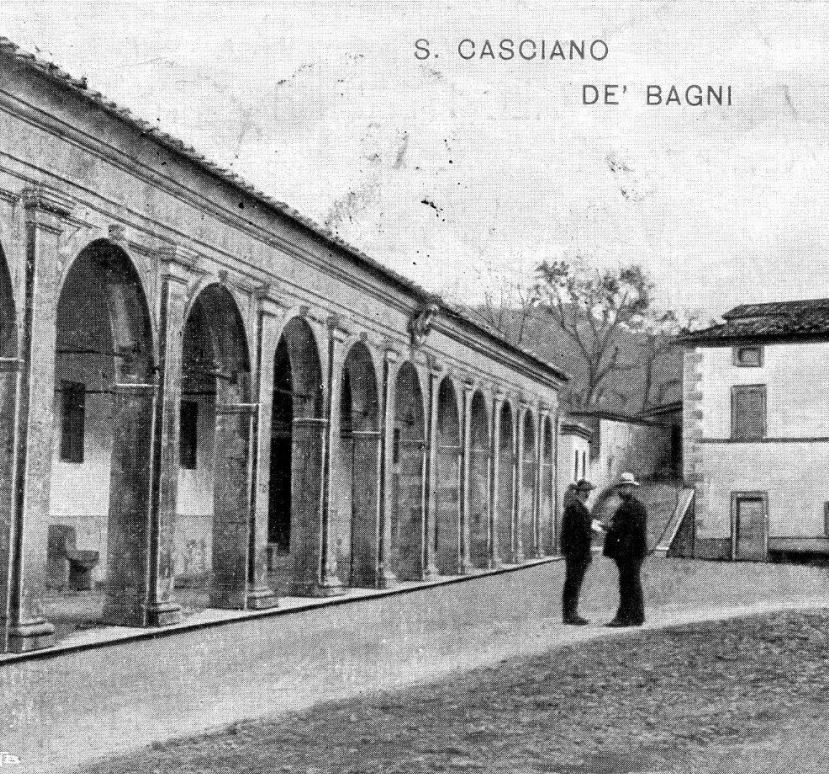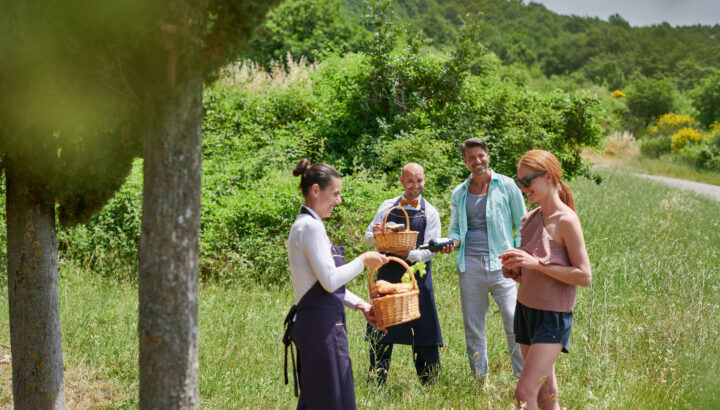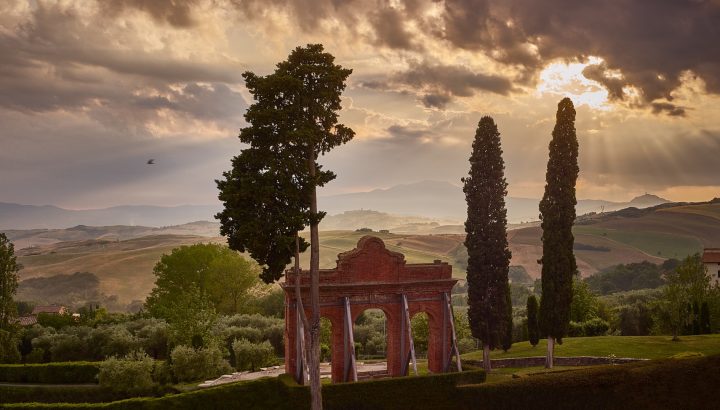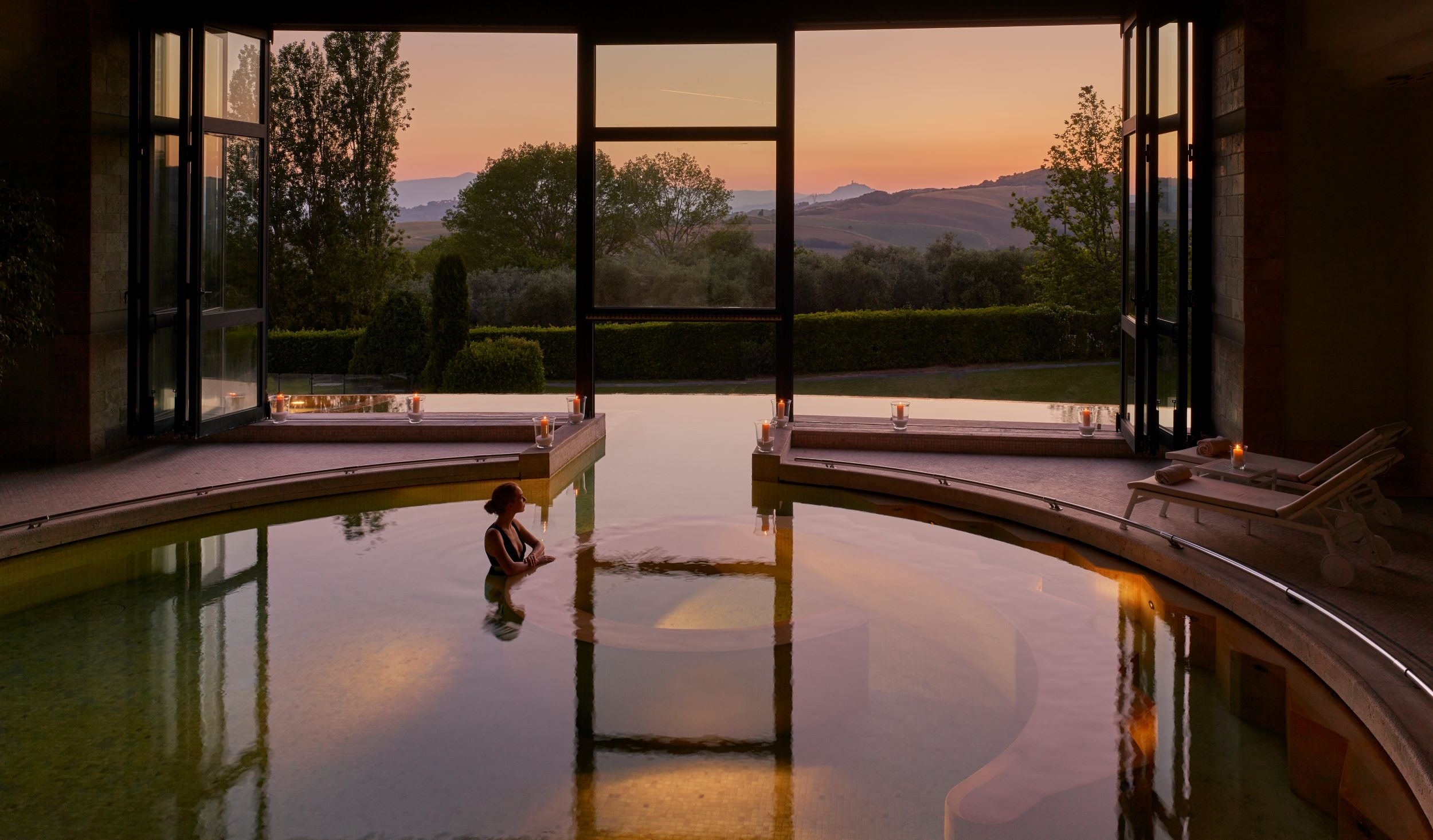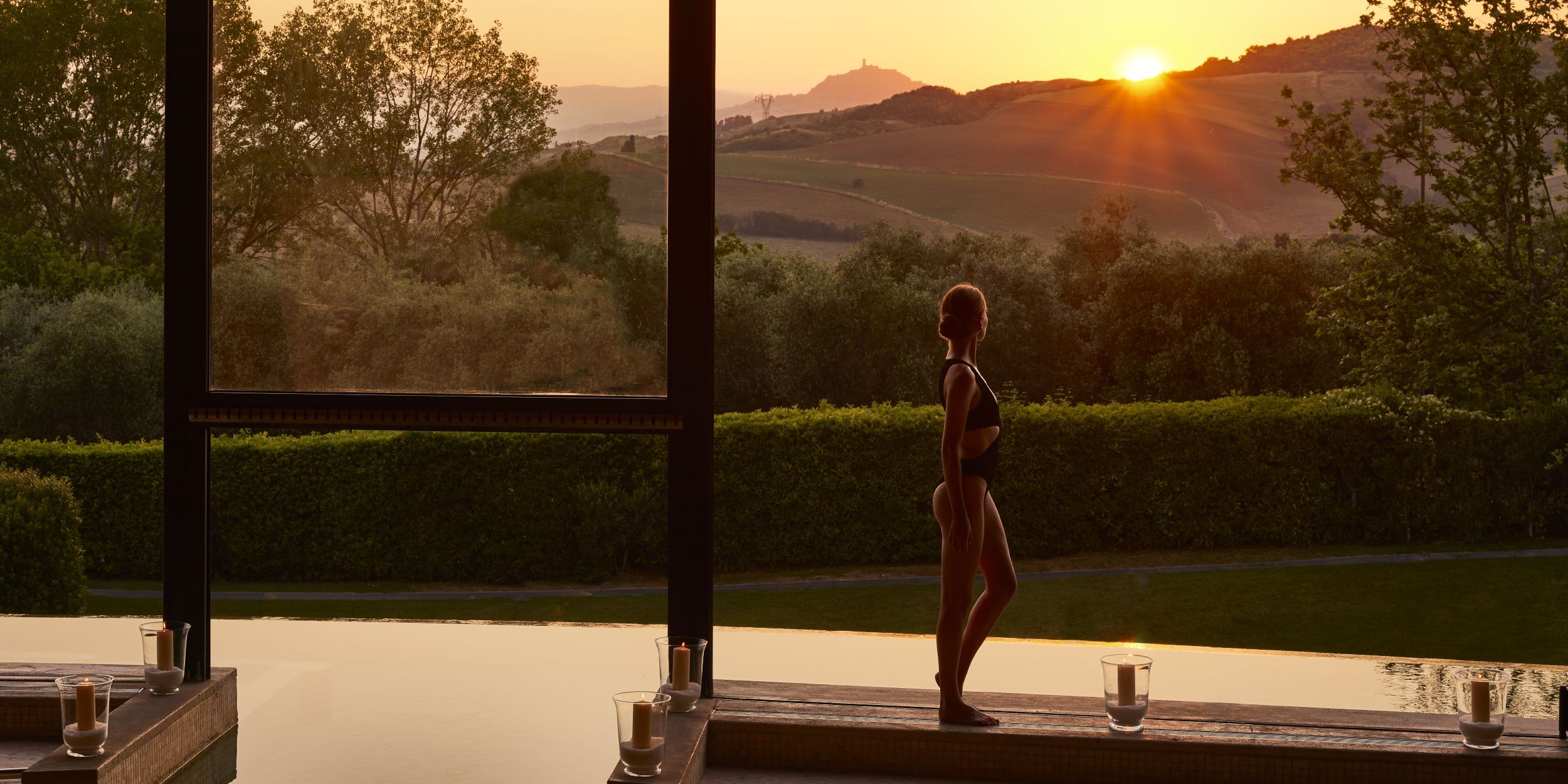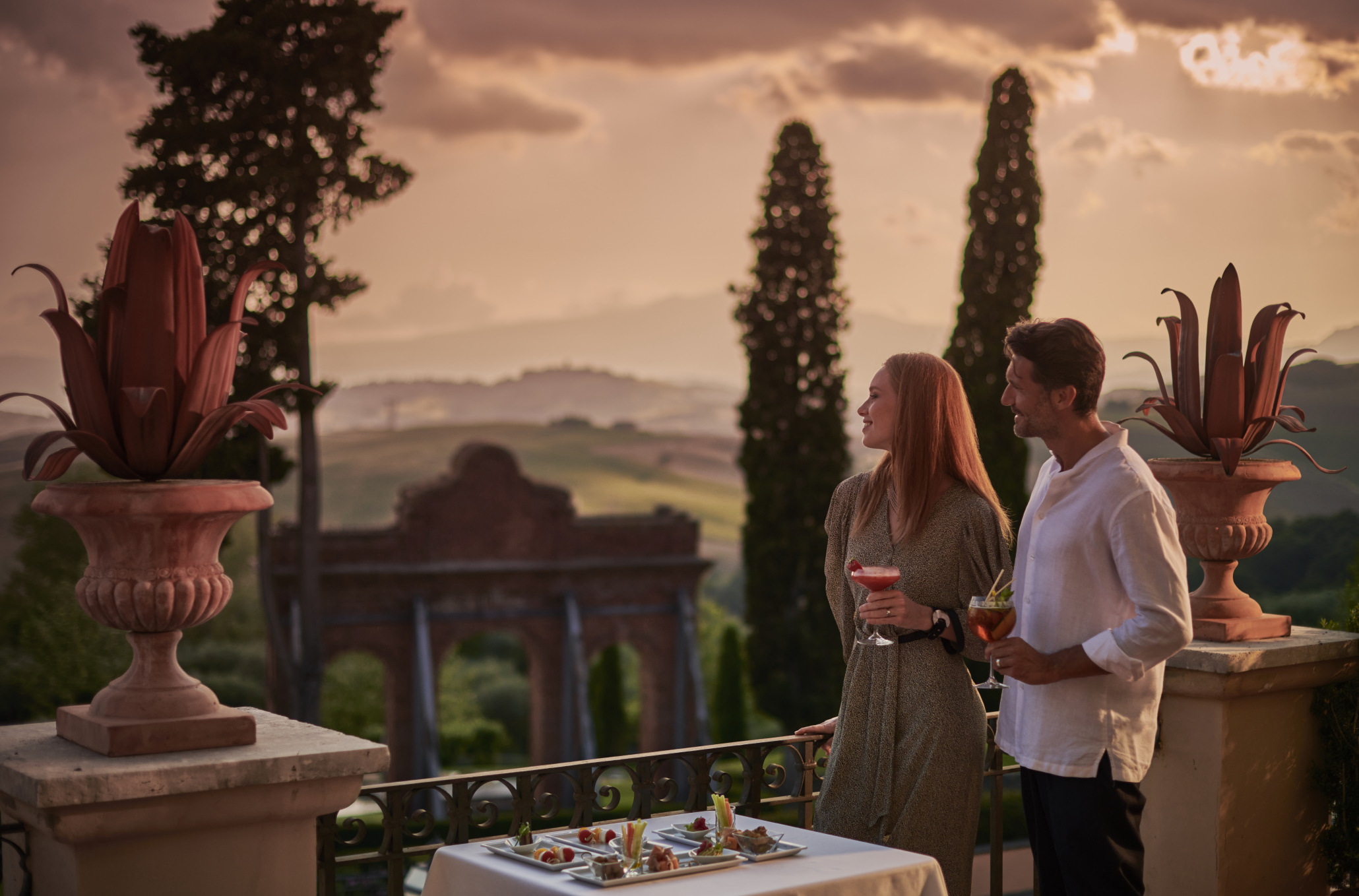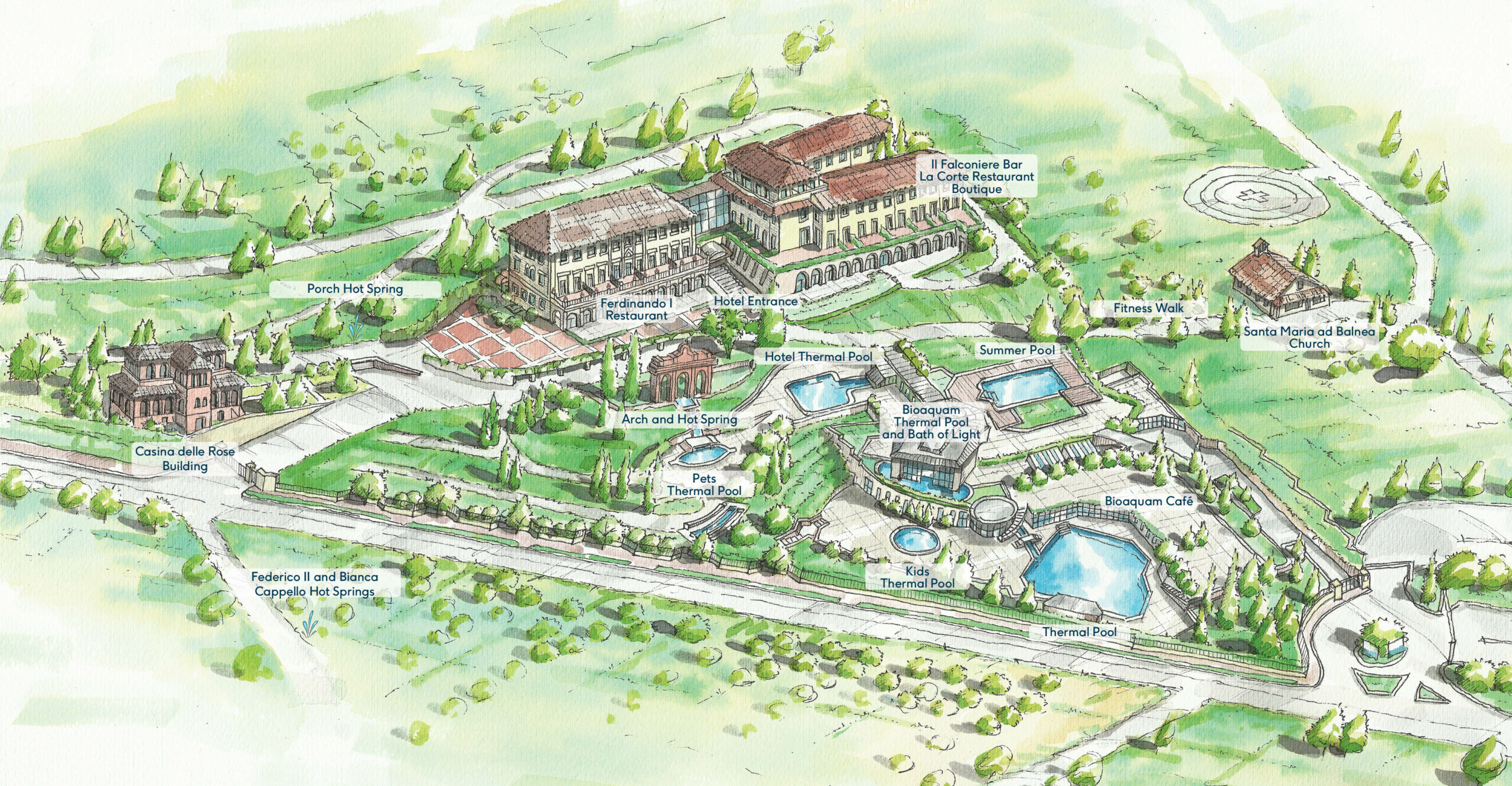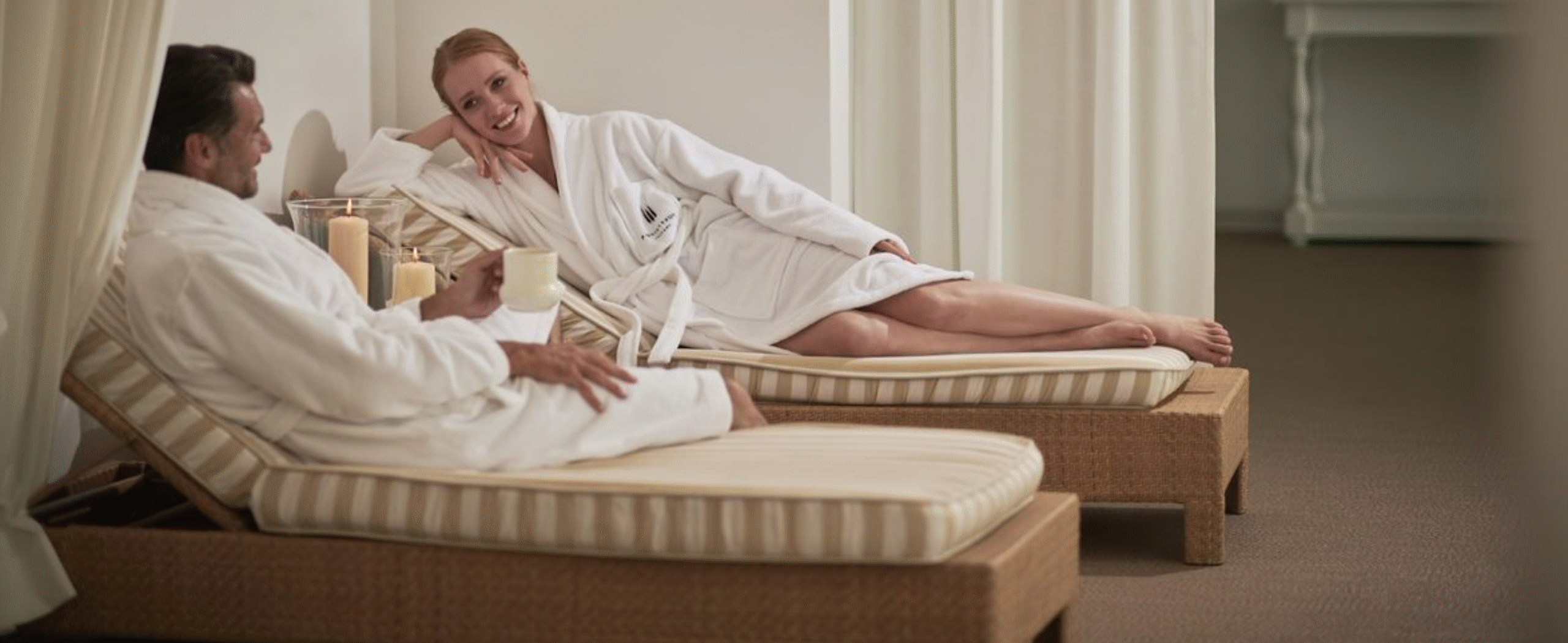Contact us for a personalised offer
Contact usBOOK DIRECT TO HAVE THE BEST CONDITIONS
Arrival
Departure
Rooms
Adults
Kids
Age First Child
Age Second Child
Age Third Child
Do you have a Special Code?
The resort of your dreams, amid the history and wellness of Tuscany
Fonteverde awaits you in front of San Casciano dei Bagni, a charming medieval village in the Sienese hills. Born from a Renaissance portico built in 1607 by the Grand Duke Ferdinando I de Medici, Fonteverde and its park are a true homage to the Renaissance.
Each detail is important in its shapes, materials and furnishings: everything seems to evoke the glories of the past, with all the comforts of today. On the breezy terraces, you can enjoy the unique landscape of the Val d’Orcia. You can breathe history and tradition from anywhere you are, in a wonderful natural setting. Even the palate finds satisfaction, with traditional flavours and generational recipes that have been handed down and reinterpreted with artistry and creativity.
Elegance has a great history
Style and elegance have thousands of years of history. Every detail of Fonteverde holds traces and echoes of a land that has influenced art all over the world.
-
The arch of the three naiads
When you enter the driveway of Fonteverde, the first thing that will catch your eye will likely be a triumphal arch. It stands alone in the gardens, between the building of the portico and the panorama of the valley. It is a triple arch, slender and powerful. It is made of red brick and appears as if it has been there forever. It is reminiscing of the arches of ancient Roman aqueducts and the shape of triumphal arches. It stands out on the landscape, and it is both the frame and viewpoint for observing the valley.
-
Birth of a resort
At the beginning of the twentieth century, there was only one thermal station. It was behind the portico, with its baths, showers, and treatment rooms. Next to it, there were a restaurant and some rooms. An ambitious project began in the 1930s, when the first hotel was built, followed by the House of Roses, the arch, the driveway, and the swimming pool.
-
A harmony made of small steps
Step by step, Fonteverde has developed into its current form. It is the harmonious sum of many interventions and transformations that have taken place over the years. What has guided these choices has always been the spirit of the location as well as the respect for the beauty of this territory. New pools were built overlooking the greenery, and the thermal baths are now a spa with a welcoming, elegant design. The tunnel that connects the hotel to the spa has become a fascinating path that exhibits the ancient artifacts found during construction, telling the story of millennia of spa culture.
-
The temple of Apollo
The evidence found so far covers only a tiny part of the documented archaeological site. While it has laid forgotten for the past three centuries, it is potentially the most important historic thermal site in Tuscany, if not the whole of Italy.
Among the many precious relics to emerge are votive bronzes, a range of different ceramics and decorative marble work, including a small statue of a figure believed to be the goddess Hygieia. But the most significant finds come from around the central pool, where three altars in local travertine marble once stood; two of them bear inscriptions, to Fortuna Primigenia and Isis respectively. As well as these altars – angled slightly to suit the natural gradient of the structures around the pool, and still in their original position – another, smaller altar with an intact inscription to Apollo has been located at the entrance to the building.
The altars reveal the plethora of divinities to whom this place of worship was dedicated, including Apollo, Asclepius, Hygieia, Isis and Fortuna Primigenia – reflecting the healing powers of the sanctuary – and also provide evidence of the people who visited it. Between the late 2nd and early 3rd century AD, the sanctuary is thought to have come under the control or within the estate of the senatorial Asinii family, linked to the Erucii and the Pomponii, 6 members of which are honoured here: they include the matron Pomponia Triaria, wife of Caius Erucius Clarus (console in 170 AD), her daughter Erucia Triaria and her husband senator Asinius Fabianus, and Caius’ brother Iulius Erucius Clarus Vibianus, console in 193 AD, killed on the orders of Settimio Severo in 197 AD.
The entire building is therefore a monumental complex linked to the nearby spring, water from which collected in the central pool. The dedications and materials found here have led experts to believe that the structures were part of a sanctuary, confirming the true health-giving vocation of the waters of San Casciano.
The archaeological finds of Fonteverde
